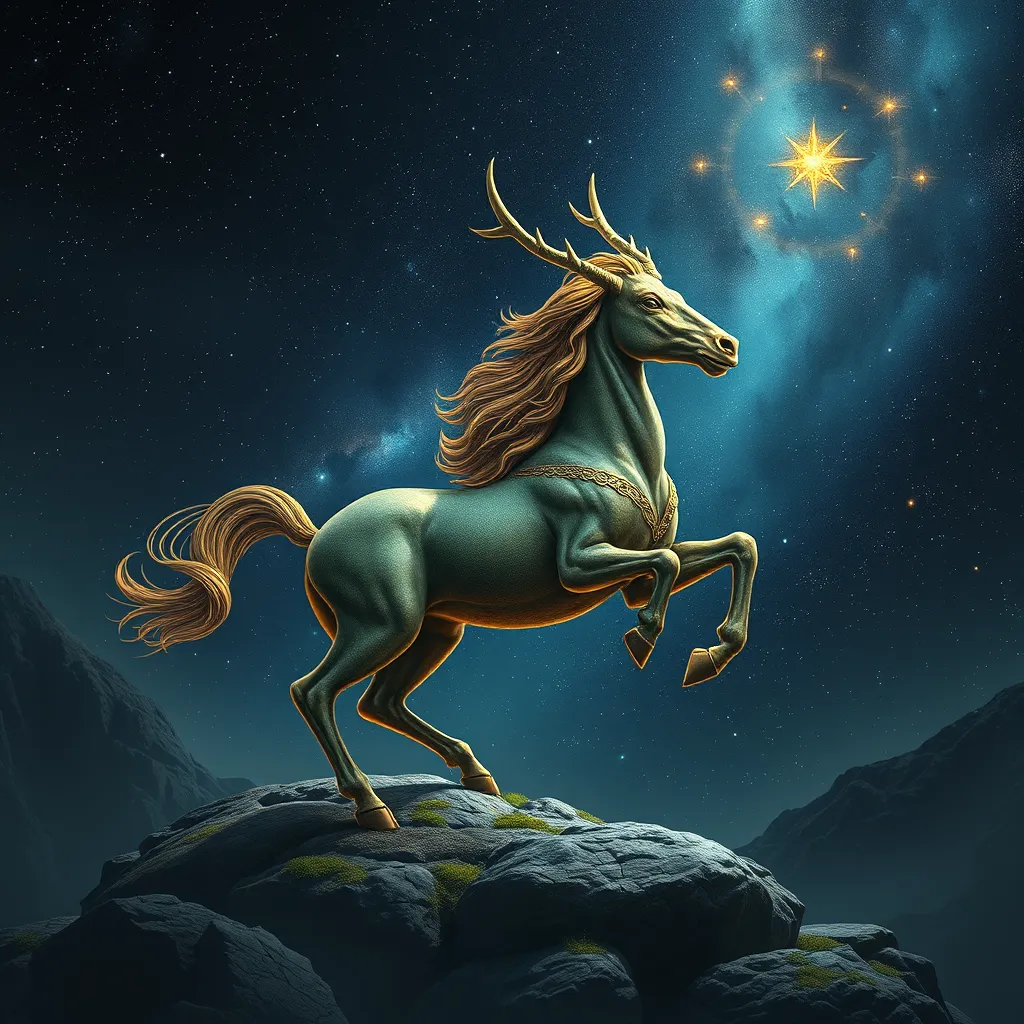Ahuizotl: The Hand-Monkey of Mexican Folklore
I. Introduction
The Ahuizotl is a fascinating creature deeply embedded in Mexican folklore, often described as a hand-monkey or a water spirit. Its legend captures the imagination and serves as a cautionary tale about the perils of water bodies. Myths like the Ahuizotl’s play a significant role in cultural narratives, reflecting the values, fears, and beliefs of the societies that tell them. This article aims to explore the origins, characteristics, and cultural significance of the Ahuizotl, as well as its modern interpretations.
II. Origins of the Ahuizotl Legend
The roots of the Ahuizotl legend can be traced back to the rich mythologies of the Aztec and Nahua peoples. Historical accounts suggest that this creature was feared and respected, often associated with water and the dangers it posed.
- Historical context: The Aztecs had a complex pantheon of deities and mythical creatures, and the Ahuizotl was often mentioned in conjunction with water-related myths.
- Early descriptions: The earliest accounts of the Ahuizotl typically describe it as having a dog-like body, a hand at the end of its tail, and features reminiscent of a monkey.
- Evolution of the legend: Through oral tradition, the Ahuizotl’s story evolved, adapting to the cultural and environmental contexts of different regions in Mexico.
III. Physical Characteristics of the Ahuizotl
The physical appearance of the Ahuizotl is one of its most distinctive features, contributing to its legendary status. Descriptions often highlight a combination of animal traits that evoke both fascination and fear.
- Appearance: The Ahuizotl is typically depicted as a creature with a sleek, dark body, resembling a dog or an otter, coupled with a long tail that ends in a human-like hand.
- Regional variations: Different regions of Mexico have their own interpretations of the Ahuizotl, leading to variations in its size, color, and specific features.
- Symbolism: The hand at the end of its tail symbolizes both the creature’s ability to lure victims into the water and a connection to human curiosity and danger.
IV. Ahuizotl’s Habitat and Behavior
The Ahuizotl is predominantly associated with aquatic environments, where it is said to thrive. Understanding its habitat and behavior offers insights into its role within folklore.
- Preferred environments: The Ahuizotl is commonly found in lakes, rivers, and other bodies of water, often depicted as lurking beneath the surface.
- Behavioral traits: This creature is described as nocturnal, emerging at night to hunt for unsuspecting victims, particularly those who venture too close to the water’s edge.
- Interactions in folklore: Stories often depict the Ahuizotl as a cunning predator, using its hand to pull victims underwater, which serves as a warning to those who disregard the power of nature.
V. The Ahuizotl’s Role in Folklore and Mythology
The Ahuizotl plays a crucial role in various stories and legends, providing moral lessons and reflecting cultural values.
- Associated stories: Numerous tales exist about encounters with the Ahuizotl, often highlighting themes of caution and respect for nature.
- Moral lessons: These stories serve to educate individuals about the dangers of water and the importance of heeding warnings about safety.
- Representation of fear: The Ahuizotl embodies the fear of the unknown, particularly in relation to water, making it a potent symbol in Mexican mythology.
VI. Comparisons with Other Mythical Creatures
When examining the Ahuizotl, it is interesting to compare it with mythical creatures from other cultures. These comparisons reveal shared themes across global mythologies.
- Similar creatures: The Ahuizotl shares similarities with beings such as selkies from Celtic mythology and various water spirits found in folklore worldwide.
- Common themes: Themes of transformation, danger, and the interplay between human and nature are prevalent in these stories, illustrating universal fears and beliefs.
- Unique place: While there are many water-related creatures globally, the Ahuizotl holds a unique position in Mexican folklore due to its distinctive characteristics and cultural context.
VII. Modern Interpretations and Cultural Impact
The Ahuizotl continues to influence contemporary culture, appearing in literature, art, and popular media.
- Contemporary literature: Authors have revisited the Ahuizotl, weaving it into modern narratives that explore themes of folklore, identity, and nature.
- Influence on popular culture: The Ahuizotl has made appearances in films, video games, and even artwork, showcasing its enduring appeal and relevance.
- Revival of interest: There has been a growing movement to appreciate and revive indigenous folklore, with the Ahuizotl serving as a prime example of the richness of these narratives.
VIII. Conclusion
In summary, the Ahuizotl is a significant figure in Mexican folklore, embodying cultural fears and moral lessons about the dangers of water. Its unique characteristics and the stories surrounding it reflect the enduring nature of myths and their vital role in cultural identity. As we continue to explore and appreciate mythical creatures like the Ahuizotl, we deepen our understanding of the narratives that shape our world, bridging the past with the present.




